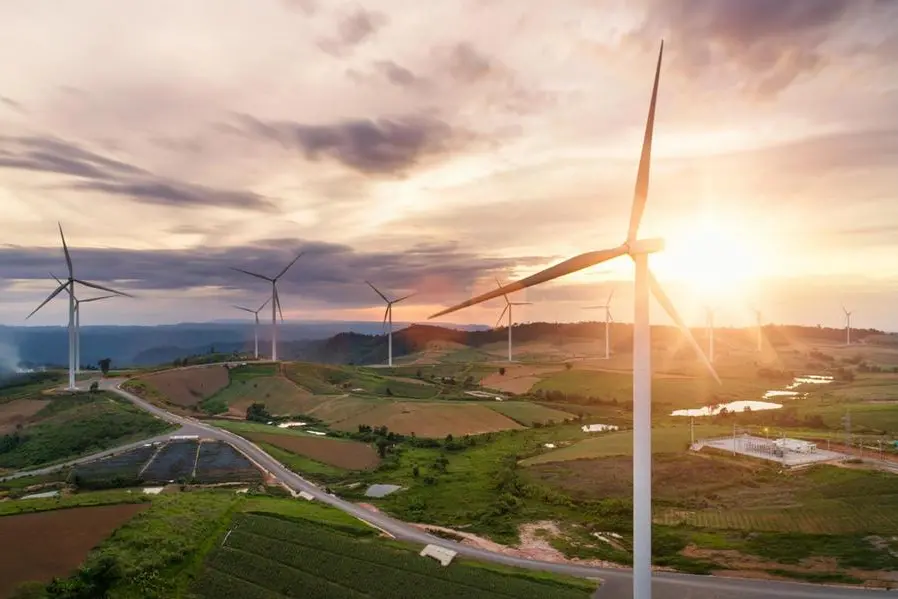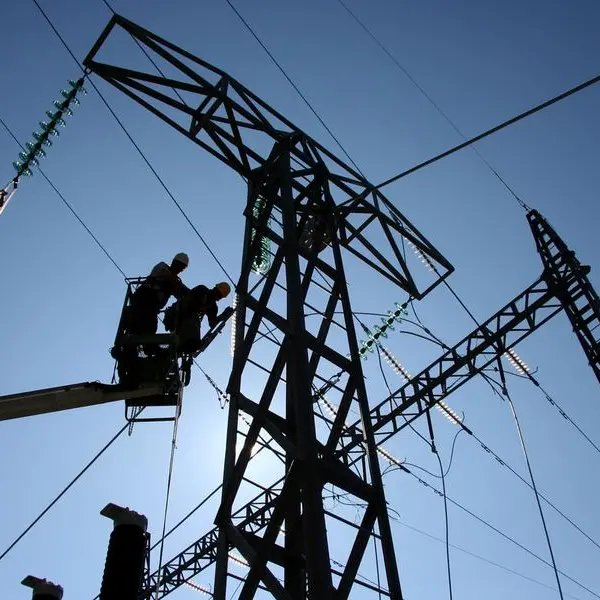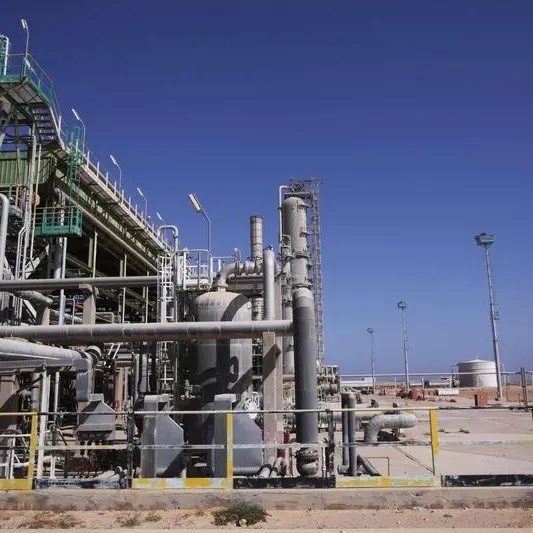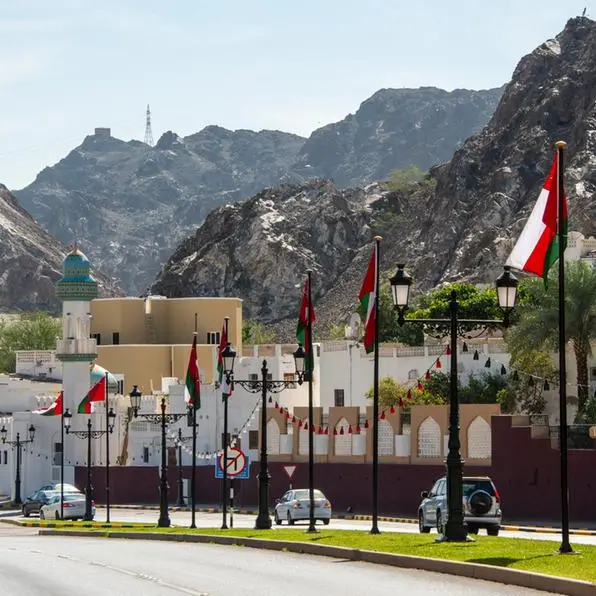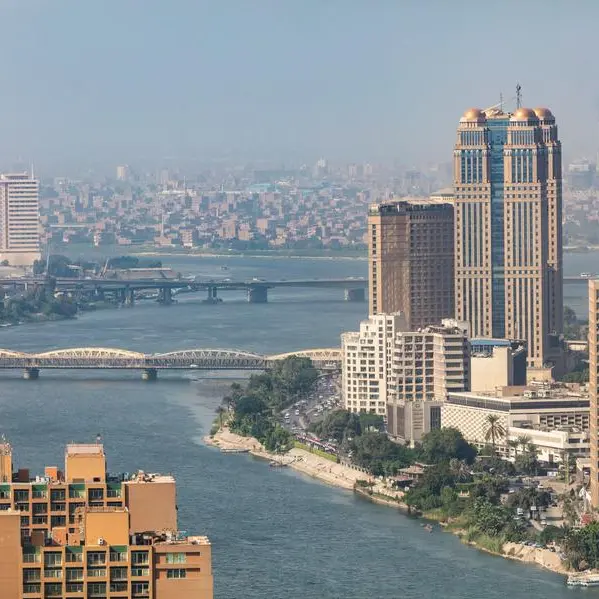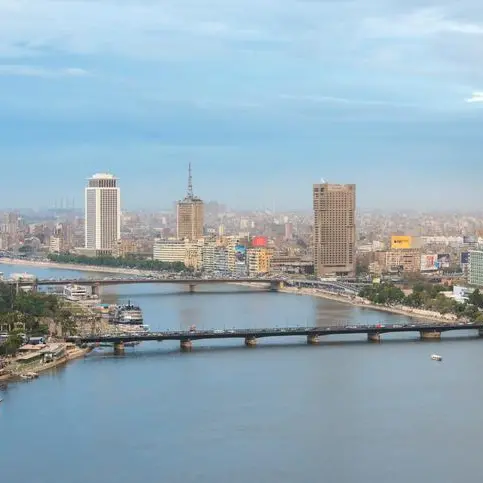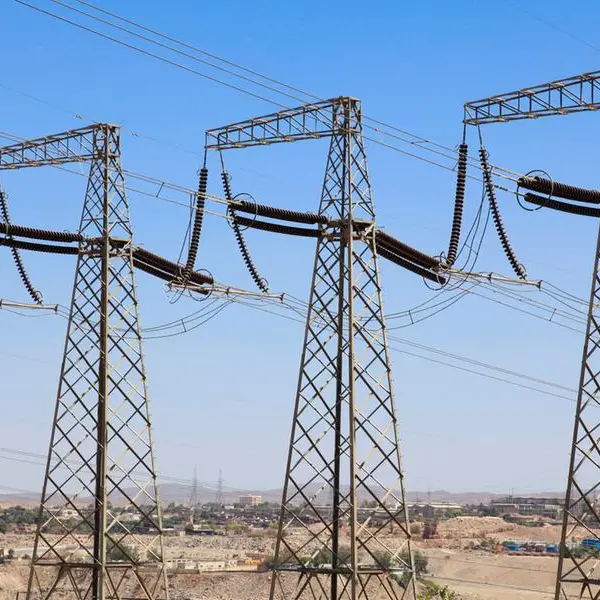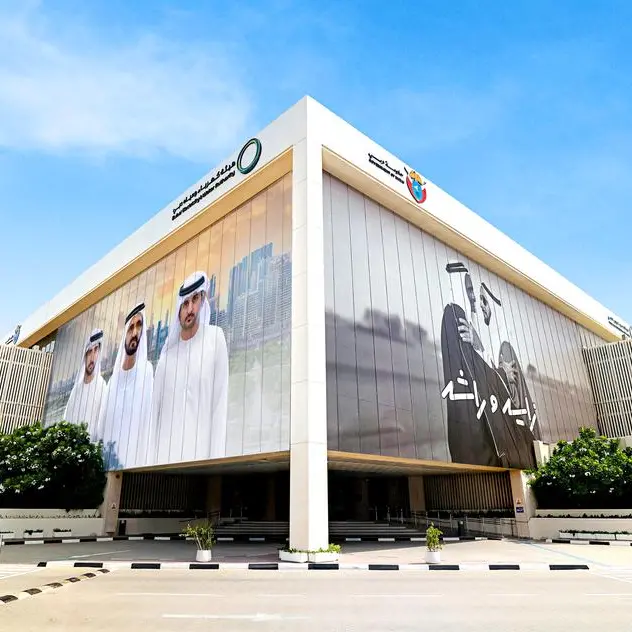PHOTO
Egypt’s gas discoveries over the past decade have lowered the power sector’s carbon intensity and enabled the country to become net energy exporter while also expanding its renewables capacity.
Ahead of staging COP27 from November 6-18, Egypt published its National Climate Change Strategy 2050 (NCCS). This revealed that renewables provided 12% of Egypt’s electricity in fiscal year 2019-2020, with 7.6% from hydroelectric dams and the remainder via solar and wind.
Egypt is “disproving the dogma that natural gas and renewables are in a zero-sum competition”, states a report by the UAE-funded Middle East Institute. Egypt will use its hosting of COP27 to give greater voice to the wishes of many African countries that want to up gas consumption to expand electrification across the continent despite opposition from Europe, the report states.
Egypt’s longstanding target, set in 2016, is to produce 20% of electricity from renewables in 2022 and 42% by 2035 when solar would provide 27%, wind 14%, and hydropower 2%, according to an August 2022 U.S. government report.
“Egypt … enjoys an abundance of renewable energy resources with high deployment
potential, including hydropower, wind, solar and biomass,” the International Renewable Energy Agency (IRENA) wrote in a report claiming Egypt could generate 53% of its electricity from renewable sources by 2030.
Yet a December 2021 academic paper by state-run refiner ANRPC that warns recent gas discoveries will lead to greater reliance on fossil fuels.
In 2015, Italian oil firm Eni found Egypt’s 850 billion cubic metre Zohr natural gas field, the Eastern Mediterranean’s largest. That led Egypt to double its electricity capacity to 55 gigawatts (GW) from 2015-2018, largely through building three gas power stations that combined have a capacity of 14.4 GW.
The country discovered further gas fields and is the continent’s No.2 gas producer, according to according to Climate Action Tracker (CAT) which rates the country’s efforts to reduce its environment impact as “highly insufficient”. Egypt is Africa’s top gas consumer, accounting for more than one-third of total consumption, CAT notes.
The ANRPC paper also highlights various other challenges to achieving Egypt’s renewables targets including the high cost of building eco-friendly powerplants and declining hydroelectricity production.
“Renewable projects under construction can add another 1% by 2022, still far below the targeted share of 20% by 2022. This paper questions the long-term (2035) target,” it states.
In 2019, Egypt became self-sufficient in gas and became a net energy exporter. As well as expanding LNG exports, the county has built transmission lines to Europe and neighbouring countries such as Sudan to distribute electricity. Its gas discoveries, meanwhile, also enabled the country to scrap plans to build coal-fired power stations.
Gas generated 94.1% of the electricity generated at Egypt’s fossil fuel power stations in 2019-2020, reducing the use of higher-polluting diesel and fuel oil (p15). As well as switching to renewables and gas, which is less harmful than oil and coal, Egypt also wants to reduce energy consumption by 18% by 2035. It hopes to achieve this largely through improving energy efficiency across its myriad uses including transportation, buildings and industrial processes (p16).
In mid-September, the European Bank for Reconstruction and Development (EBRD) pledged up to $1 billion for renewables projects in Egypt, also promising to fund the decommissioning of ageing gas-fired power stations, Reuters reported.
RENEWABLES
Funded through the World Bank, Egypt’s $4 billion Benban Solar Park in the Western desert will comprise 32 solar plants that combined will have a capacity of 1.5 GW. Other projects will boost Egypt’s solar capacity to 1.8 GW, the ANRPC paper states.
The country’s operational installed wind capacity is 550 MW, while new projects include the 580 MW Jabal Al-Zeit and 250 MW Ras Ghareb wind farms that will lift wind capacity to 1.4 GW. There is little scope to increase Egypt’s hydroelectric capacity of 2.8 GW.
As well as building large-scale photovoltaic and concentrated solar power stations, windfarms and bioenergy plants, Egypt is also developing small-scale, decentralised projects such as rooftop solar and waste plants (p14).
Egypt will also use green and blue hydrogen and nuclear power, the NCCS states and phase out coal which while not used to make electricity is key to many industrial processes.
Egypt aims to become a major producer of green hydrogen, which unlike grey or brown hydrogen is made via solar- and wind-powered electrolysers that split water and so is carbon-free. As of June 30, Egypt’s announced hydrogen project capacity was about 1.5 million tonnes annually, according to Wood Mackenzie. Blue hydrogen is made using natural gas but captures and stores the carbon dioxide created.
“If Egypt were to find some new gas fields, blue hydrogen becomes a possibility as well,” said Murray Douglas, Head of Hydrogen Research at Wood Mackenzie.
(Reporting by Matt Smith; editing by Seban Scaria)
